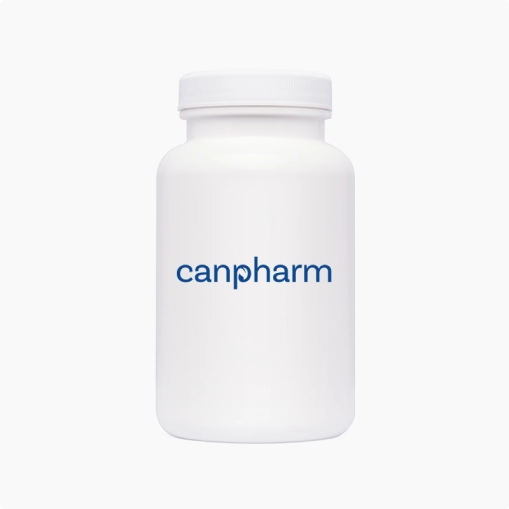
Nextstellis (Drospirenone and Estetrol)
| Dose | Size & Price | Qty |
|---|
-
Description
-
Reviews (0)
-
Related Products
-
Related Conditions
NEXTSTELLIS is a combination of drospirenone, a progestin, and estetrol, an estrogen, indicated for use by females of reproductive potential to prevent pregnancy.
Cautions
Thromboembolic Disorders and Other Vascular Problems: Stop NEXTSTELLIS if a thrombotic or thromboembolic event occurs. Start no earlier than 4 weeks after delivery. Consider all cardiovascular risk factors before initiating in any female, particularly in the presence of multiple risk factors. Hyperkalemia: Check serum potassium concentration during the first NEXTSTELLIS treatment cycle in females on long-term treatment with medications that may increase serum potassium concentration. Hypertension: Monitor blood pressure periodically and stop use if blood pressure rises significantly. Migraine: Discontinue if new, recurrent, persistent, or severe migraines occur. Hormonally-Sensitive Malignancy: Discontinue NEXTSTELLIS if a hormonally-sensitive malignancy is diagnosed. Liver Disease: Withhold or permanently discontinue for persistent or significant elevation of liver enzymes. Glucose Tolerance and Hypertriglyceridemia: Monitor glucose in females with prediabetes or diabetes. Consider an alternate contraceptive method for females with hypertriglyceridemia. Gallbladder Disease and Cholestasis: Consider discontinuing NEXTSTELLIS in females with symptomatic gallbladder or cholestatic disease. Bleeding Irregularities and Amenorrhea: May cause irregular bleeding or amenorrhea. Evaluate for other causes if symptoms persist. ADVERSE REACTIONS
Side Effects
Most common adverse reactions (=2%): bleeding irregularities, mood disturbance, headache, breast symptoms, dysmenorrhea, acne, weight increased, and libido decreased DRUG INTERACTIONS CYP3A Inducers: May lead to contraceptive failure and/or increase breakthrough bleeding. Avoid concomitant use. If concomitant use is unavoidable, use an alternative or back-up contraceptive method during co-administration and up to 28 days after discontinuation of the CYP3A inducer. See full Prescribing Information for additional clinically significant drug interactions. USE IN SPECIFIC POPULATIONS Pregnancy: Discontinue if pregnancy occurs. Lactation: Advise postpartum females that NEXTSTELLIS can decrease milk production.
